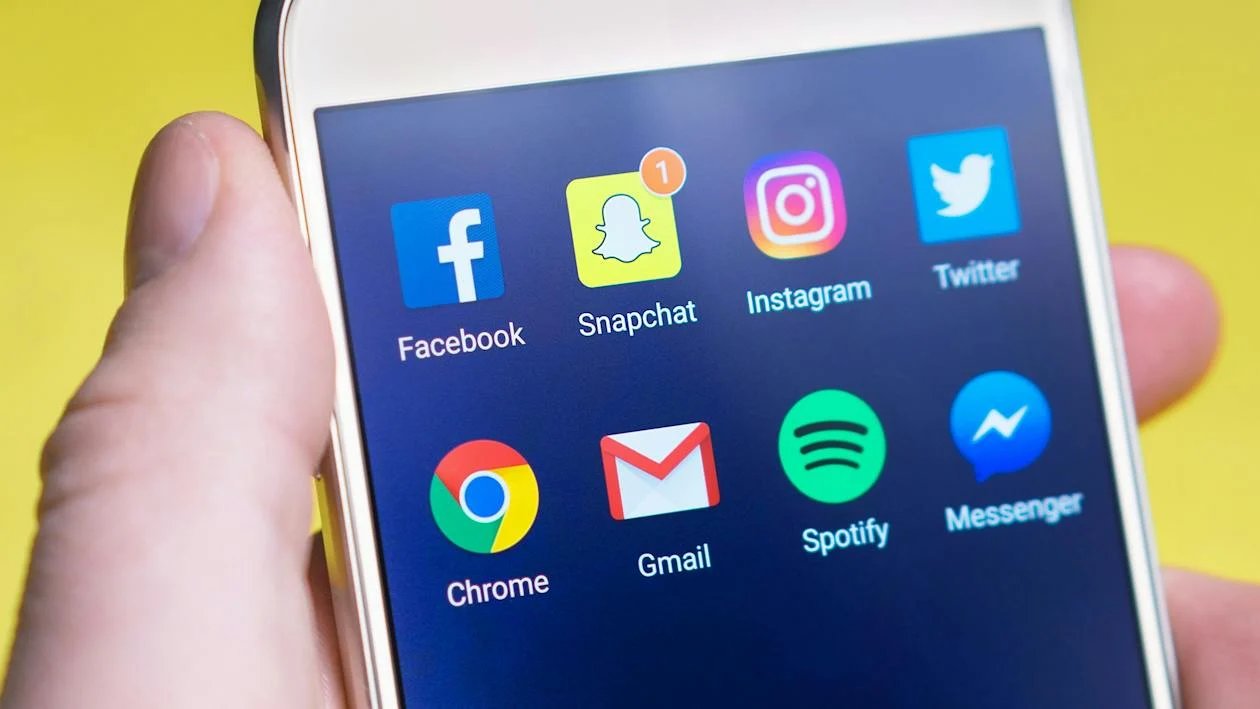An interesting thing happened to me the other day. In the course of performing routine search engine marketing tasks, I received a message from someone who had just “liked” one of my Facebook fan pages, Marketing Ideas 101.
The message read:
“Hey, I just liked your Facebook fan page! Please like mine back!” ~ Random
Now, I don’t know about you, but every time this happens to me, I feel awkward. What if I look at this person’s page and determine it’s junk? What if it’s spammy? What if it holds little value in the world at all? The burden! The obligation! All from a single note from someone I’ve never met!
Gasp. What if I don’t like their page?
I try to bring value to my websites. I try to inject interesting content, helpful tips and a wealth of wisdom in my contributions to the Internet community.
In addition, it takes a lot to “wow” me. I’ve never just “liked,” or “followed,” or “retweeted” someone just to be nice. Oh, wait..that’s not true.
In The Beginning
In the world of search engine marketing (SEM, commonly and erroneously referred to as SEO the same way everyone insists on calling all facial tissues “Kleenex,” there is a technique referred to as “backlinking.” Back linking (spelled backlinking, back linking or back-linking, depending on who you talk to) is an activity whereby you add your website to niche directories, submit articles, post videos and podcasts, post blog comments and more – all of which include one-way links back to your website.
Of course, the result is simple to guess. The more conduits leading back into your website, the more traffic you have, and the more conversions (sign-ups, comments, calls, sales, etc.,) you should receive, right? That’s the theory, in a nutshell.
Well, humans are ingenious beasts. It wasn’t long before people figured out you could swap links and accomplish similar results. Google caught on, slapped everyone, and reciprocal link campaigns lost their value.
Then came link farms, where links between sites were less direct, placing sites in a circular chain of links. Google figured that out too, mostly.
During all this, social media was blooming. Blossoming. Exploding.
One booming social channel was called Twitter. Maybe you’ve heard of it? Personally, I resisted Twitter at first. The notion of a glorified text messaging system seemed a faddish time-eater to me. As a business owner and father of four, I am busy enough as it is. Eventually, I gave in, signed up and thus began my fall from grace.
I Blame Twitter
From day one, I began to see the “if you follow me, I’ll follow you” phenomenon on Twitter. Being new to Twitter country, I took this virtual exchange with random strangers to simply be part of the Twitter culture. “This is what you do with Twitter,” I said to myself. To play the game, you must first learn the rules and I figured following random people (especially if they followed you) was how you played the game.
Occasionally, I would see a Twitter account that did not follow this pattern. Usually, this person was a celebrity, so they would have a million followers in contrast to the five people they were following. These examples were not the norm, however.
Enter Facebook
Born two years earlier than Twitter, Facebook was all about connecting friends. As time passed and dreams of monetization increased, fan pages were created. As fan pages were created, people and companies began to realize the power of “likes.” This power – similar to Twitter, whereby a broadcast became more powerful with the growing size of the fan base – was a real turn-on to anyone who understood the marketing principles of exposure and amplitude. Want to extend your reach on the most popular social network on the planet? Get more “likes.”
How do you get more “likes,” you ask. Provide greater value. Increase your engagement. Maintain dialogues. Be entertaining. Be remarkable. “All that takes work, Matt!” you say. “What if we just trade ‘likes?’ That sounds easier.” True.
Welcome to “Back Liking”
I see a problem with reciprocal “like” campaigns. For one, social media is supposed to be about connection and engagement; not spamming. It’s similar to getting spam on your cellphone. Your cellphone is a very personal conduit into you, like your Facebook news feed. Who wants it junked up with spammy broadcasts and solicitations? Yuck.
Another problem with “like” reciprocity campaigns is the dilution of your “like” power. How can anyone trust you as a person of influence if you “like” 3,000 pages and many of them are junk or of little value? If you have “liked” 3,000 quality resources, that’s another matter; good for you.
Afterglow
This brings me back to my initial point. “Liking” someone back out of pure reciprocity and not from a place of belief in them or their message:
- squanders your influence (currency advertisers pay social networks handsomely for),
- soils your news feed (and your attention) with posts and ads irrelevant to you, and
- fails to reflect you and your tastes accurately.
I believe one of the best ways we can shine in the world – including the virtual world of social media – is to show integrity in our communications with others. Our daily challenge is to bring that integrity to every corner of our presence, both online and offline.
The next time someone asks you to “like” them back, make sure you can do so with a true heart and a clear conscience.
In support of your efforts,
Matt
Matt Schoenherr is a husband, father of four, marketing consultant and founder of Marketing Ideas 101. As a student, teacher and published author, Matt supports the worthy goals of service and commerce in the small business and nonprofit communities. Creative marketing ideas and marketing strategies may be found at MarketingIdeas101.com.
Reference
Photo cropped from the work of Justin Blanton, http://hypertext.net/photos/112.

